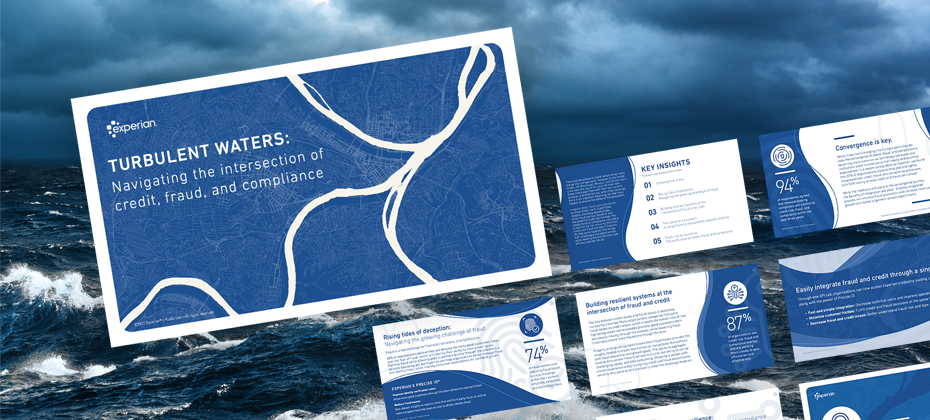
In a series of articles, we talk about different types of fraud and how to best solve for them. This article will explore first-party fraud and how it’s similar to biting into a cookie you think is chocolate chip, only to find that it’s filled with raisins. The raisins in the cookie were hiding in plain sight, indistinguishable from chocolate chips without a closer look, much like first-party fraudsters.
What is first-party fraud?
First-party fraud refers to instances when an individual purposely misrepresents their identity in exchange for goods or services. In the financial services industry, it’s often miscategorized as credit loss and written off as bad debt, which causes problems when organizations later try to determine how much they’ve lost to fraud versus credit risk. Common types of first-party fraud include:
- Chargeback fraud: Also known as “friendly fraud,” chargeback fraud occurs when an individual knowingly makes a purchase with their credit card and then requests a chargeback from the issuer, claiming they didn’t authorize the purchase.
- Application fraud: This takes place when an individual uses stolen or manipulated information to apply for a loan, credit card or job. In 2023, the employment sector accounted for 45% of all false document submissions — 70% of those who falsified their resumes still got hired.
- Fronting: Done to get cheaper rates, this form of insurance fraud happens when a young or inexperienced individual is deliberately listed as a named driver, when they’re actually the main driver of the vehicle.
- Goods lost in transit fraud (GLIT): This occurs when an individual claims the goods they purchased online did not arrive. To put it simply, the individual is getting a refund for something they actually already received.
A first-party fraudster can also recruit “money mules” — individuals who are persuaded to use their own information to obtain credit or merchandise on behalf of a larger fraud ring. This type of fraud has become especially prevalent as more consumers are active online.
Money mules constitute up to 0.3% of accounts at U.S. financial institutions, or an estimated $3 billion in fraudulent transfers.
How does it impact my organization?
Firstly, there are often substantial losses associated with first-party fraud. An imperfect first-party fraud solution can also strain relationships with good customers and hinder growth. When lenders have to interpret actions and behavior to assess customers, there’s a lot of room for error and losses. Those same losses hinder growth when, as mentioned before, businesses anticipate credit losses that aren’t actually credit losses.
This type of fraud isn’t a single-time event, and it doesn’t occur at just one point in the customer lifecycle. It occurs when good customers develop fraudulent intent, when new applicants who have positive history with other lenders have recently changed circumstances or when seemingly good applicants have manipulated their identities to mask previous defaults.
Finally, first-party fraud impacts how your organization categorizes and manages risk – and that’s something that touches every department.
Solving the first-party fraud problem
First-party fraud detection requires a change in how we think about the fraud problem. It starts with the ability to separate first- and third-party fraud to treat them differently. Because first-party fraud doesn’t have a victim, you can’t work with the person whose information was stolen to confirm the fraud. Instead, you’ll have to implement a consistent monitoring system and make a determination internally when fraud is suspected.
As we’ve already discussed, the fraud problem is complex. However with a partner like Experian, you can leverage the fraud risk management strategies required to perform a closer examination and the ability to differentiate between the types of fraud so you can determine the best course of action moving forward.
Additionally, our robust fraud management solutions can be used for synthetic identity fraud and account takeover fraud prevention, which can help you minimize customer friction to improve and deepen your relationships while preventing fraud. Contact us if you’d like to learn more about how Experian is using our identity expertise, data and analytics to improve identity resolution and detect and prevent all types of fraud.


